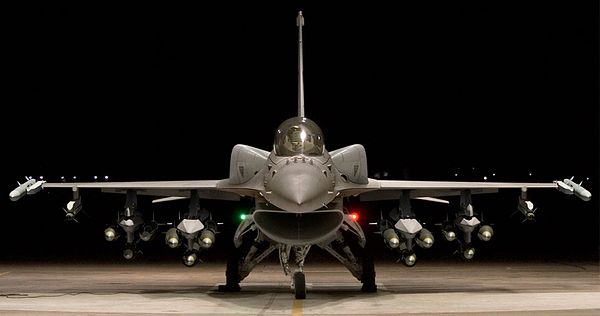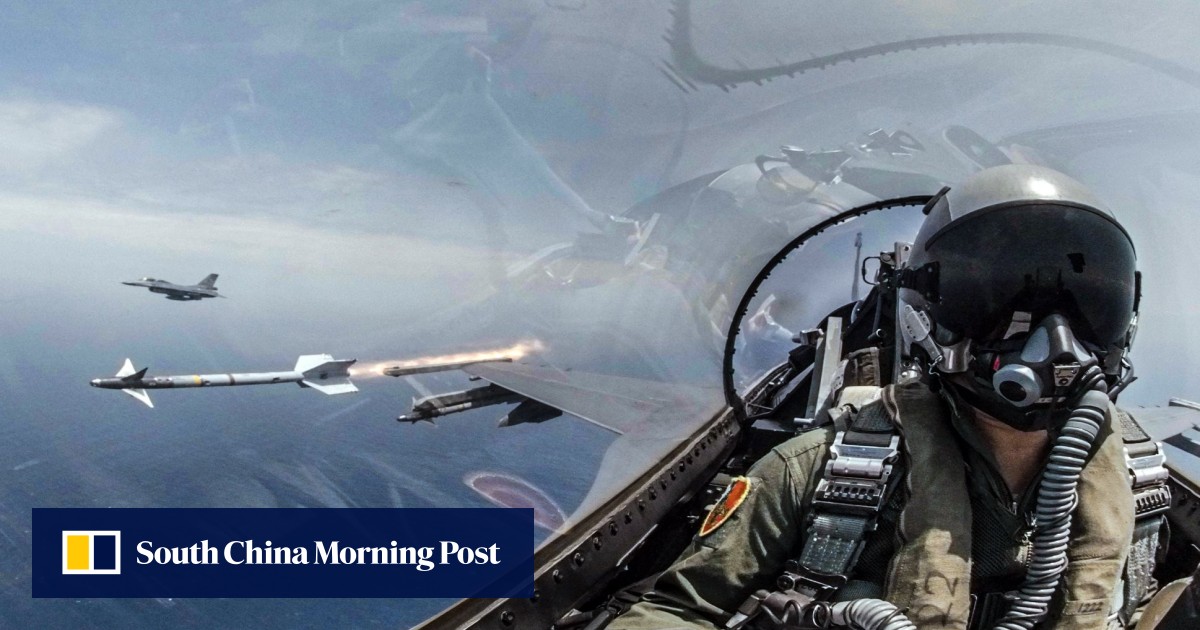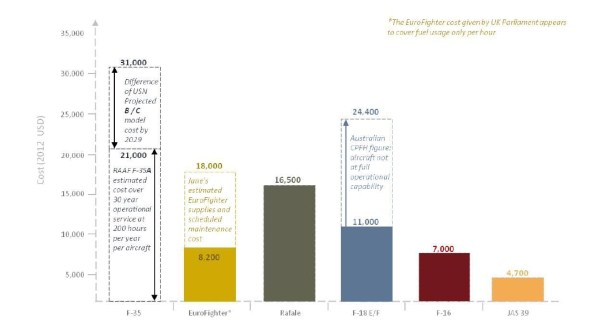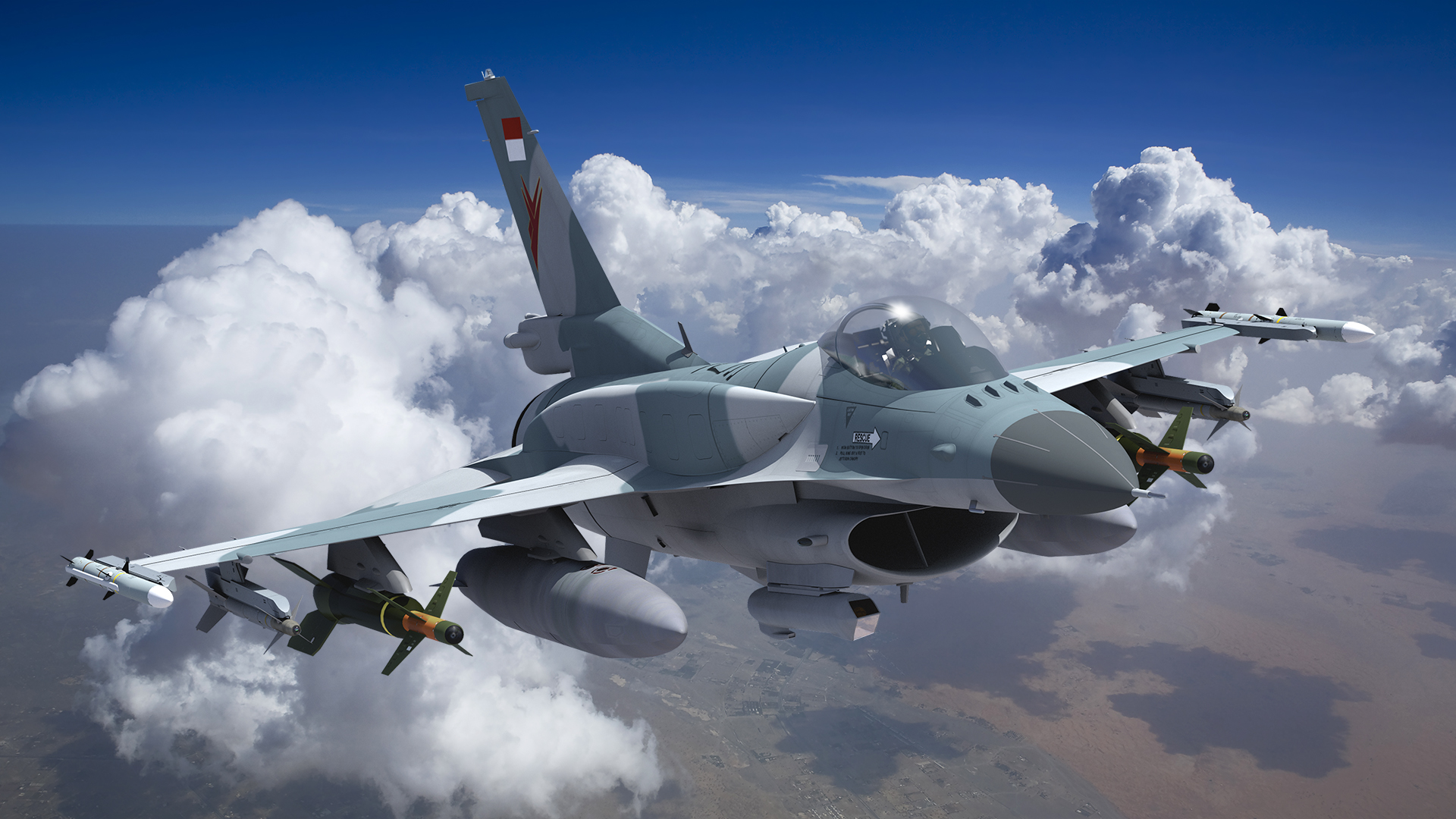Ahmad
Active Member
Of course Air Force will use one type of fighter to fill F 5 former squadron and as they have previously decided to fill it by heavy fighters with long range capabilities like SU 35, so the types of plane to fill that squadron should be ideally F 15 EX. SU 35, in the other hand, is unlikely to acquire due to CATSAA and we have to be careful as it can jeopardice our KFX/IFX program.I also do not completely understand. What is the problem to order more F-16s? Indonesia doesnt need to order the F-15 to please the americans, the F-16 is their product too.
And if the government choose the Rafale as a Su-35 alternative, choosing also the F-15EX is actually double, both expensive twin-engine aircrafts. Even if Indonesia feel pressed to order the F-15 in order to help Boeing in this time of crisis, then it is better to order the P-8 or 737 AEW/E-7, after all the 737-2X9 Surveiller can not fly forever.
It is unclear which type(s) of jetfighter the Indonesian Airforce plan to upgrade/give a MLU. It doesnt make sense to upgrade the Hawk Mk 209. It is maybe the cheapest fighter in Indonesian fleet to operate, but it makes no chance above the Natuna Sea. Even if 8 Hawk Mk.209s confront a single simple J-11/Su-27SK, the J-11 will fart them out of the sky in no time. Also the range of the Hawks are that limited, armed Hawks departing from Supadio AFB in Pontianak, have to return directly at the moment they reach Pulau Natuna.
They are also not really useful to fight rebels in the rainforest. The EMB-314 and armed helicopters are more suitable for it.
Rafale is likely intended for new squadrons but as Air Force official recently said that the pressing needs is for squadron which doesnt have planes any more so I predict they are going to buy just 8 F15 EX for 2021-2024 period to fill F5 squadron. Currently the squadron is also being maintain with the present of 3 SU 30 planes (heavy fighters).
In my opinion, economic constrain is the main reason of why the number of acquisition will be likely just 8, particularly due to our current economic situation (greater debt to GDP ratio, stressing economic condition, the need to help economic recovery after pandemic is inshaAllah over ) and previous Jokowi administration tendency toward economic and domestic defense industry development (funding KFX/IFX program and giving the money to buy more IFX).
I think buying F15 EX will also be valuable to develop KFX/IFX further, so KFX block 1 in Korea can have training/dog fight with F35 while in Indonesia it can have dog fight with F 15 EX. The planes can also bring a lot of missiles, so despite the number is small but it can challenge even 24-30 J 10 or SU 35 with just 8 F 15 EX with full missiles capacity.
Hawk
Hawk is actually more like a lead in jet trainer and can be valuable to maintain present, practice, bombing, do patrolling, chase black flight, and grow our man powers (pilots and maintenance units). Maintaining the fleets is also more like securing a transition period before Indonesia economy inshaAllah reaches 4 trillion USD in 2035, as CEBR projection stated, so that our gov can possibly buy fighters in hundred.
Phasing out 32 Hawks now is stupid in my opinion as it means we are not expanding in term of man power and infrastructure, but rather staying idle. We cannot suddently produce large fighter pilots and maintenance officers when we are about to buy many fighters, it should be done in stages in order to maintain the quality of the pilots and maintenance officers. It is why Air Force seems to have prepared for refurbushing the plane (although I believe the idea would come from Armed Force HQ (Mabes TNI) and Defense Ministry since previous Air Force commander wanted to phase it out). Any way we have capabilities to do overhaul of the plane in the country as it has been done before.
Last edited:








